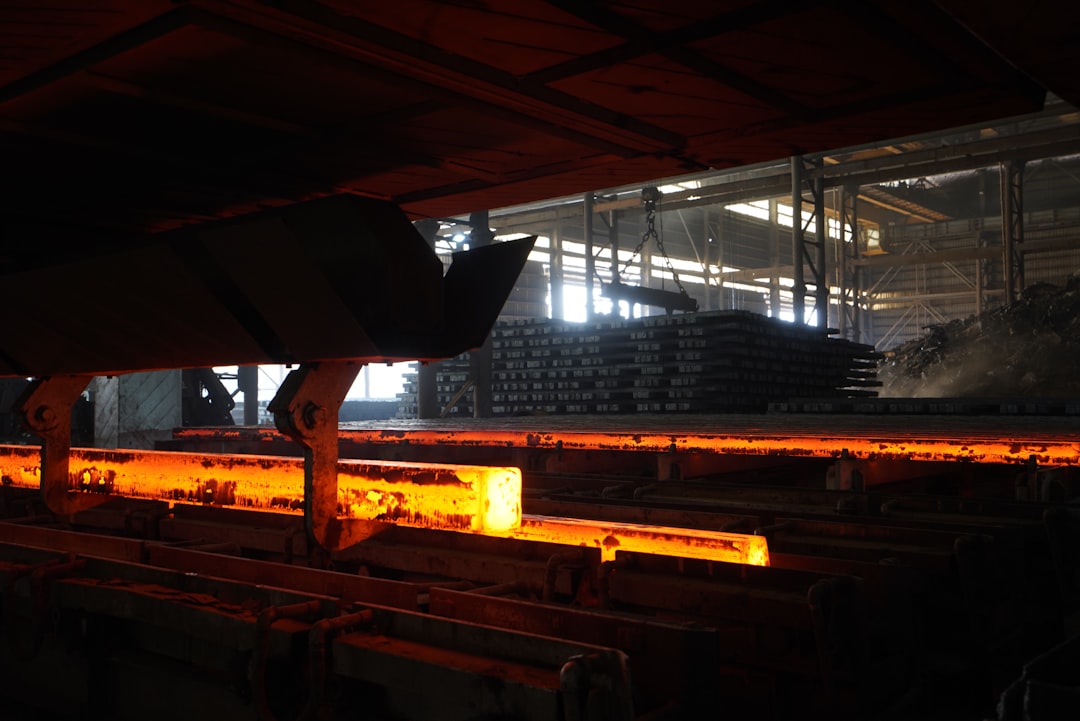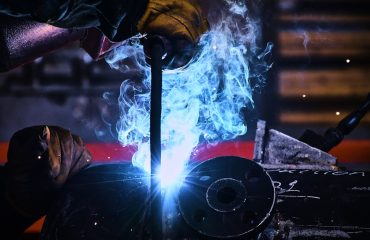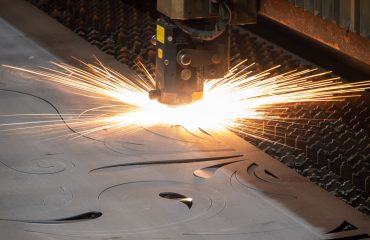The machinery manufacturing industry relies heavily on a consistent and reliable supply of high-quality steel. From the smallest component to the largest frame, steel forms the backbone of countless machines. Understanding the intricacies of steel supply is crucial for manufacturers aiming for efficiency, cost-effectiveness, and product excellence. This comprehensive guide delves into the key aspects of steel supply, providing valuable insights for industry professionals.
Choosing the Right Steel Grade: A Foundation for Success
The selection of the appropriate steel grade is paramount. The properties required vary drastically depending on the application. For instance, high-strength low-alloy (HSLA) steels are ideal for applications demanding high tensile strength and weldability, often found in construction machinery. Tool steels, characterized by exceptional hardness and wear resistance, are essential for cutting tools and dies. Stainless steels offer superior corrosion resistance, making them suitable for food processing equipment and components exposed to harsh environments. Understanding the nuances of different steel grades – including carbon steel, alloy steel, stainless steel, and tool steel – and their respective mechanical properties (tensile strength, yield strength, hardness, ductility) is crucial for selecting the optimal material for a specific machine component.
Strategic Sourcing: Navigating the Steel Supply Chain
Securing a reliable supply of steel requires a well-defined sourcing strategy. This involves identifying reputable steel suppliers with proven track records and the capacity to meet your specific needs. Factors to consider include supplier location (proximity reduces transportation costs and lead times), production capacity, quality control measures, and their ability to handle fluctuating demands. Diversifying your supplier base mitigates risks associated with single-source dependency, ensuring a continuous supply even in times of market volatility. Establishing strong relationships with key suppliers fosters collaboration and allows for proactive communication regarding potential supply chain disruptions.
Quality Control: Ensuring Steel Integrity from Source to Finish
Maintaining stringent quality control throughout the steel supply chain is non-negotiable. This begins with verifying the supplier’s quality management system (QMS), often certified to ISO 9001 or similar standards. Regular inspection of incoming steel materials is essential, involving visual checks, chemical analysis, and mechanical testing to ensure compliance with specified requirements. Traceability is crucial, allowing manufacturers to track the origin and processing history of each steel batch. Implementing robust quality control procedures minimizes the risk of defects and ensures the production of reliable and durable machinery.
Cost Optimization: Balancing Quality and Affordability
Managing steel costs effectively is critical for profitability. This involves optimizing the steel grade selection to avoid over-specifying materials, negotiating favorable pricing with suppliers through long-term contracts or volume discounts, and exploring alternative steel sources when appropriate. Implementing lean manufacturing principles minimizes waste and improves material utilization. Careful inventory management reduces storage costs and prevents obsolescence. By strategically managing all aspects of steel procurement and utilization, manufacturers can achieve significant cost savings without compromising quality.
Future Trends in Steel Supply for Machinery Manufacturing
The machinery manufacturing industry is constantly evolving, and steel supply is adapting to meet these changes. The increasing demand for sustainable manufacturing practices is driving the adoption of recycled steel and greener steel production methods. Advanced steel alloys with enhanced properties, such as high-strength, lightweight steels, are gaining traction to improve machine efficiency and reduce energy consumption. Digitalization is transforming the steel supply chain, with technologies such as blockchain improving traceability and transparency. Furthermore, additive manufacturing (3D printing) using metal powders is emerging as a disruptive technology, offering the potential for customized steel components and on-demand manufacturing.
In conclusion, effective steel supply management is a cornerstone of successful machinery manufacturing. By carefully considering the factors discussed above – from steel grade selection and sourcing strategies to quality control and cost optimization – manufacturers can ensure a reliable supply of high-quality steel, leading to the production of durable, efficient, and cost-effective machinery.
Tags: Steel Supply, Machinery Manufacturing, Steel Grades, Sourcing Strategy, Quality Control, Cost Optimization, Steel Industry




